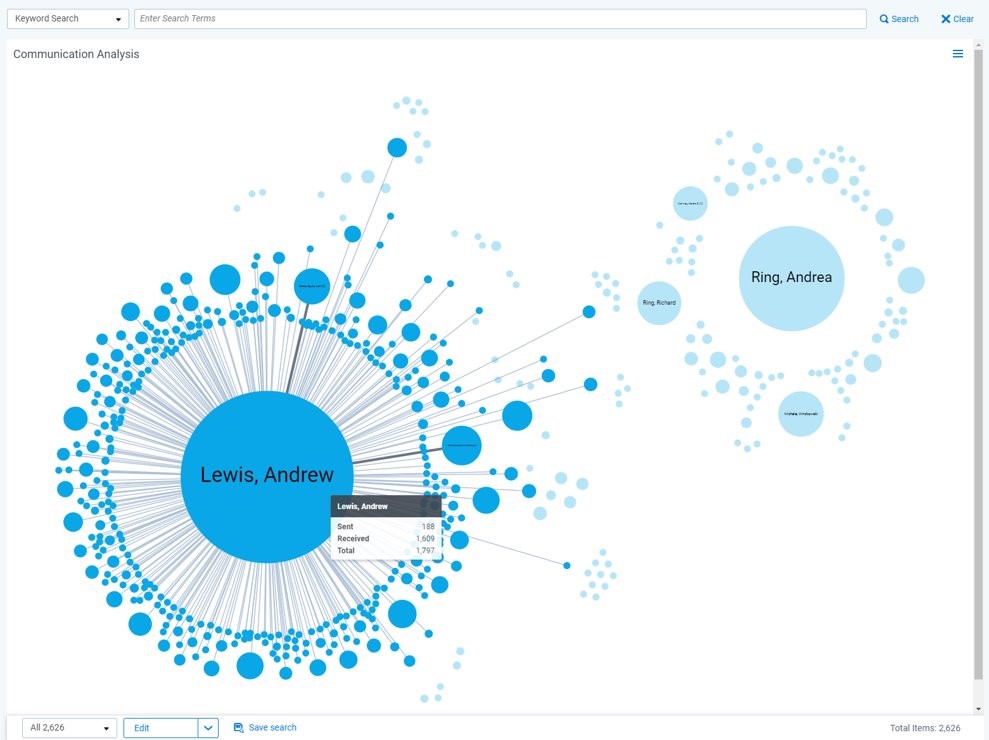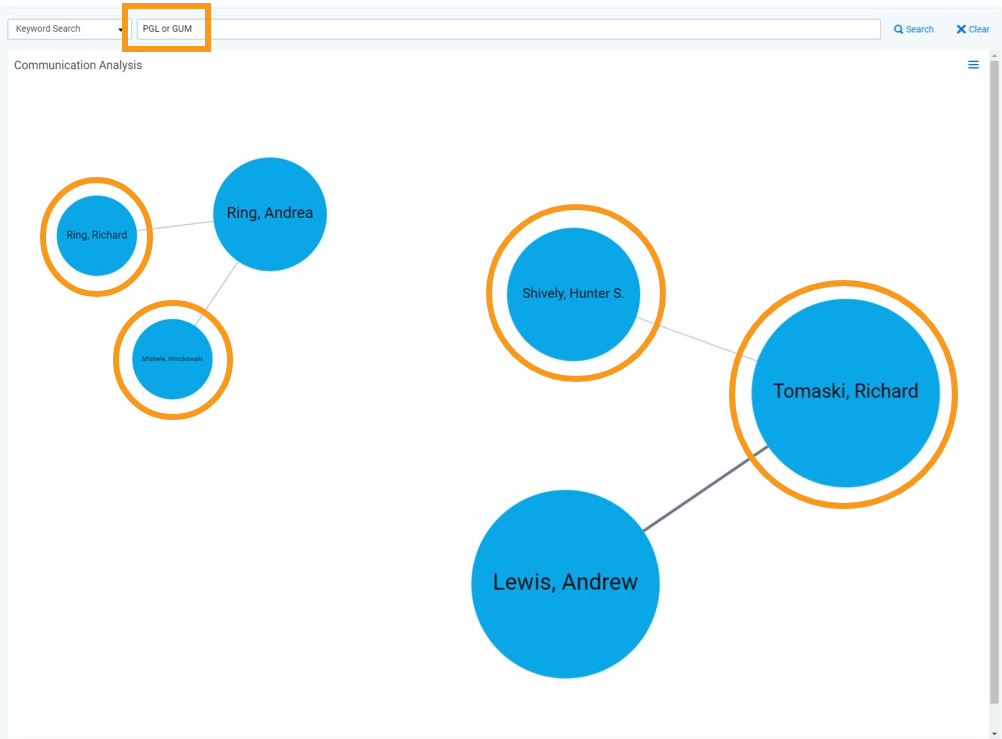Well-executed first steps are crucial to a successful internal investigation or sufficiently defensive posture in anticipation of litigation. Smart protocols can set you up for a smooth project—or potential disaster.
Sending the initial legal hold notifications and preserving relevant data can, at times, be the straightforward part. But actually identifying what to preserve and whom you should notify? That’s where things start to get a bit tricky.
Quickly identifying the people and data sources involved, often known as custodians, can make all the difference in the long run—after all, having an accurate inventory of the custodians and actors involved in a case can reduce organizational risk and save precious budget.
Identifying custodians early in the process can avoid the unintentional and routine deleting of relevant records (or even the possibility of bad actors deleting files). And, while 2015’s amendment to Rule 37(e) of the Federal Rules of Civil Procedure certainly has reduced the downstream risk of sanctions due to accidental spoliation, that doesn't discount the fact that this can be a huge inconvenience for all parties involved.
Each motion for sanctions, every response justifying the deletion or proving the lack of intent, and the overall headache—and costs—associated with sorting out the situation can be easily avoided.
While there are obvious risks and costs associated with under-preservation of potentially relevant data, there are also repercussions associated with the over-preservation of data. By quickly getting an understanding of the relevant custodians, organizations will be able to limit the scope of discovery down the line. And by limiting the amount of data to review, you limit the costs associated with the matter.
The Traditional Approach
In a past life, you may have handled this process by collecting data from dozens of custodians and then manually searching their data for additional insights into the matter. And, if you were lucky, you may have ended up stumbling upon the right email and you might have identified additional custodians or actors relevant to the matter at hand. No one wants to rely on luck.
Now, of course, practitioners have long been using custodial questionnaires to begin the process of gathering this crucial information—it’s even advised by various authorities. This can be a beneficial first step in kicking off a project, setting up a helpful starting point for your identification and preservation efforts. Sometimes, though, stakeholders feel that questionnaires take too long to complete, and if the questions themselves aren't well informed, they aren’t always accurate or inclusive enough.
As for custodial interviews: Amazing insights can be gleaned from a quick conversation, but the scalability of interviews for large matters and the recent transition to a more distributed workforce has complicated this option.
A Supercharged Way
So, while traditional methods have proven fairly effective, what if we could supplement those efforts and supercharge the identification process—finding the right custodians and data more quickly and accurately?
This is where data analytics come into play. By applying the right tools to augment and amplify human effort, you can parse through data and get a big-picture view of what's there, what's relevant, and, of course, who is relevant. And do it must faster. Let’s take a quick look at how this is accomplished in RelativityOne.
In a Relativity workspace, name normalization and communication analysis can help your team quickly and visually identify new—or rule out assumed—custodians and actors relevant to your case.
The system automatically combs through the communications in your data set, identifies the various iterations of an entity (e.g. John Smith, J. Smith, and Johnny Smith all referring to the same person) and combines them into a single entity. This includes identifying all email addresses with which a custodian might communicate (hint: it might not just be their work address). This eliminates much of the searching guesswork.
Additionally, you’ll see a visual representation of the interactions and connections between the entities in your data set with communication analysis. This empowers legal teams to accelerate legal hold, preservation, and investigative strategizing. By quickly collecting data from custodians whom your team knows will be relevant to the case, you’ll be able to quickly identify the volume and depth of the communications that might be relevant—and any other parties who may be involved.

The custodial data collected might not always be the most relevant or entirely inclusive. For example, imagine Custodian A emails Custodian B and the email mentions yet-to-be-collected Custodian C. By quickly identifying that Custodian C is involved in the topic at hand, legal teams can begin the process of issuing a legal hold and preserving their data (such as instant messages, emails, and even shared drives). Without quickly running analytics, Custodian C could have been under the radar until a full scale document review was underway—risking spoliation, increased costs and, potentially, derailing your legal team’s strategy. With Relativity Analytics, you’ll be one step ahead.
As a second example, imagine opposing counsel quickly propounds that your organization should lock down millions of documents and hundreds of custodians. If you know Custodian A and Custodian B are at the heart of the matter, quickly collecting their data and running analytics for high-level insight might empower your team to offer evidence that the case is limited to only a few custodians—instead of the hundreds that opposing counsel assumed. That's meaningful budget saved.
Illustrated below, you’ll find that a quick keyword search on analyzed entities can show that the breadth of discovery may be limited to six custodians (at least initially). With this information, you’ll be able to limit the scope of inquiry—avoiding the dreaded fishing expedition arguments early in the case.

Lastly, using analytics doesn’t negate the use of interviews and questionnaires. We’ve spoken with teams who have supplemented their existing interviewing processes with these tools. By jumping quickly into the data and visualizing communications, teams may end up changing their interview strategies and inspire better, more targeted questions.
The days of assuming opposing counsel knows what data you should preserve, or solely relying on custodial questionnaires, are coming to an end. There really is no excuse for failing to lock down a custodian’s data—or quickly identify additional actors in a matter. A simple collect, analyze, and identify strategy for early case assessment can help you avoid being the next victim of a Special Master’s choice words.











